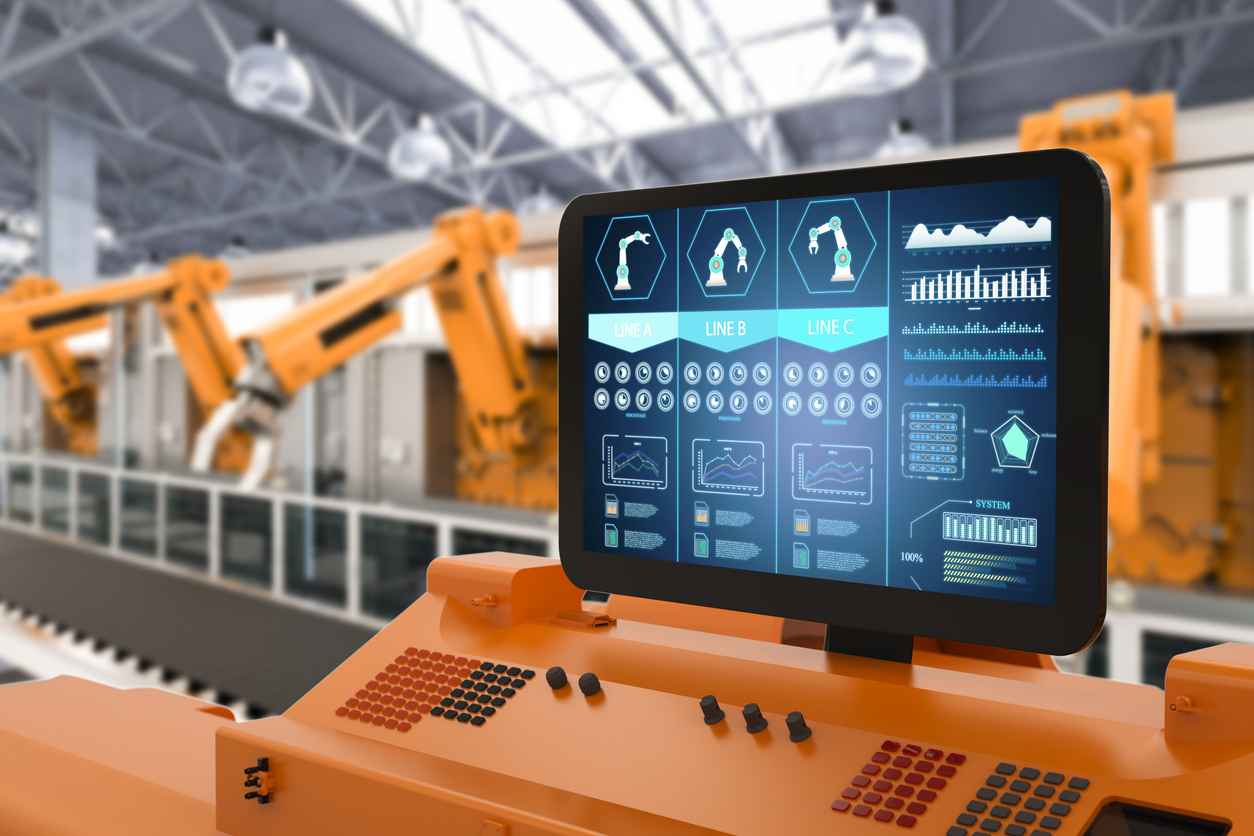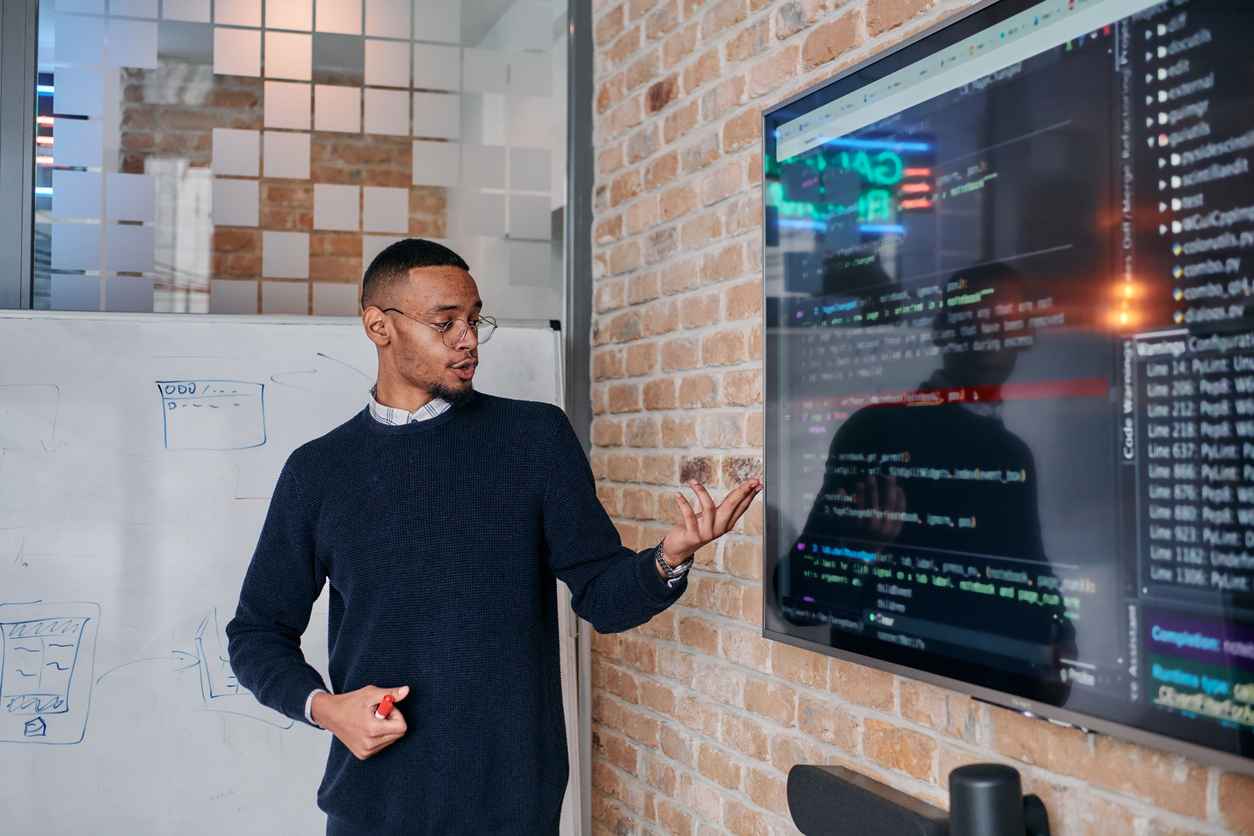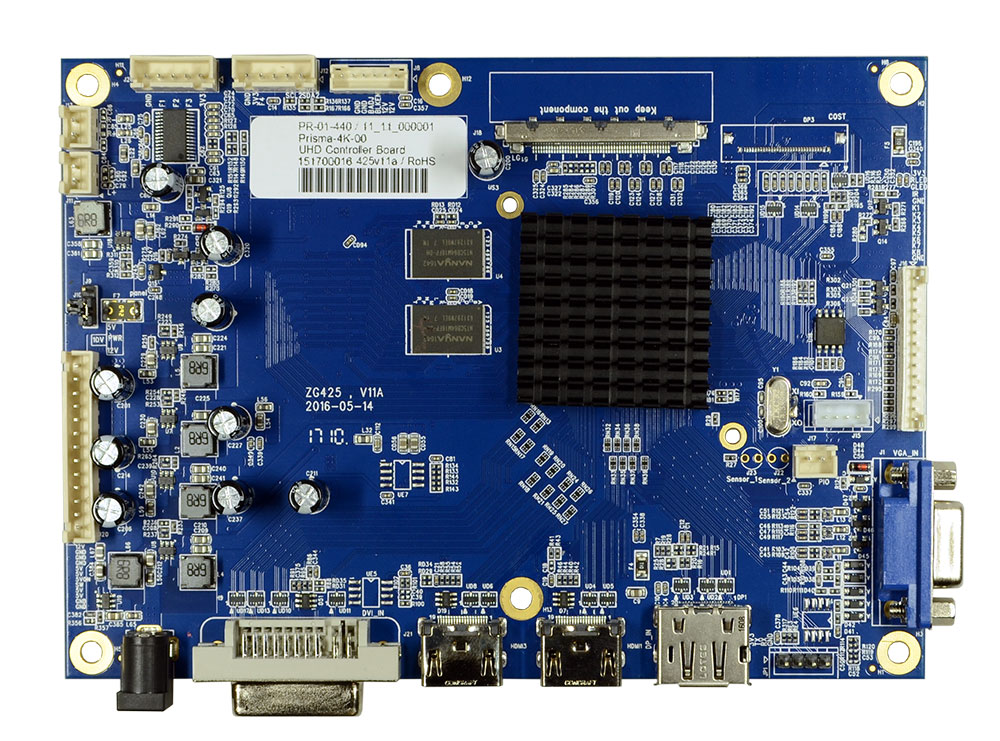
How Optical Bonding Saves Money and Enhances Display Durability
December 14, 2017
Fortec’s Optical Bonding Process Enhances Durability and Performance
When it comes to optical bonding, Fortec takes the lead! If you’re familiar with our VacuBond® technology, then you’ll know that it will keep your product safe for a long period of time. However, if you’re not sure if optical bonding is right for you, then here are some reasons of how this technological breakthrough will save you some money (and display) over time:
Optical Bonding with Clear Adhesive Protects Your Display’s Durability
Think of your custom touch screen display as a fragile piece of glass. Yes, it’s a bit sturdier than glass — but it can still be damaged when in the wrong hands. When you order a custom touch screen display from Fortec, not only will it live up to your expectations in terms of performance and quality, but optical bonding will further enhance those features. That’s right, when it comes to optical bonding, it will protect your display and will increase its longevity in the long-run. Optical bonding is the answer to keeping your display in tip-top shape for the years to come!
Optical Bonding Reduces Glare and UV Damage Like a Pair of Sunglasses
Sometimes when you have a custom touch screen display, it can be exposed to the elements — including the sun. Although it’s perfectly okay to have some sun exposure, it does have the potential to damage the screen (and presentation quality) on your device. When you invest in optical bonding through Fortec, the bonding will act as a pair of sunglasses for your unit! Nine out of ten times, business owners have to replace their touch screen displays quite frequently due sun exposure damage. When you have your display optically bonded through Fortec, it will increase the lifespan of your device — which will save you money, since you won’t have to replace for quite some time!
Optical Bonding Eliminates Air Gaps for Enhanced Readability and Clarity
Fact: sometimes your custom display will be difficult to view no matter where you place it. When we secure your unit with VacuBond®, it will improve your readability — and will still remain energy-efficient. When you purchase a product from Fortec, we strive to give you the strongest, greenest product on the market. Even when you choose to have your device optically bonded, it will be even more durable than you could ever imagine! Before you decide to banish optical bonding from your thoughts, it might be wise to rethink about this beneficial breakthrough!
Fortec’s Optically Bonded Touchscreen Solutions Improve Performance and Longevity
As the global leader in optical bonding, Fortec US supports you in all project phases – from the construction of the metal housing and procurement of specific parts to in-house development of controller boards and touchscreen integration. In need of a product, part, or have a project in mind? Contact us today at (631) 580-4360 or click here for more information.
Make sure to follow us on Facebook and Twitter!
FAQ About Optical Bonding
What is the optical bonding process?
Optical bonding is a process where an optically clear adhesive (OCA) or resin is used to attach a cover glass, touchscreen, or display panel directly to an LCD module. This eliminates the air gap between layers, enhancing durability, reducing glare, and improving optical performance.
What does optically bonded mean?
Optically bonded means that a display screen, cover glass, or touchscreen has been laminated using an optical-grade adhesive to glue the layers together. This process improves readability, reduces reflections, and enhances overall durability.
What is the difference between optical and air bonding?
Air gap bonding leaves a small space between the cover glass and LCD, which can cause glare, reflection, and reduced readability. Optical bonding eliminates this gap using an optically clear adhesive, providing better optical performance, enhanced durability, and improved protection against dust and moisture.
What materials are used for optical bonding?
Optical bonding typically uses optically clear adhesives such as silicone, resin, or other bonding adhesives. These materials are selected based on the specific application, durability requirements, and environmental factors such as UV exposure and harsh conditions.
How much does optical bonding cost?
The cost of optical bonding varies depending on factors such as display size, type of adhesive used, and bonding method. It is an investment that enhances the durability and readability of displays, reducing long-term replacement costs.
What is the process of bonding?
Bonding involves applying an optically clear adhesive or resin to laminate the touchscreen, cover glass, or display panel onto an LCD module. The adhesive is then cured to form a strong, durable bond that eliminates air gaps and enhances optical clarity.
What does optically active mean in chemistry?
In chemistry, optically active refers to a substance’s ability to rotate plane-polarized light due to its chiral molecular structure. This term is unrelated to optical bonding in display technology.
What is the process of OCA bonding?
OCA bonding involves using an optically clear adhesive film to bond a touchscreen, cover glass, or display panel directly to an LCD. This dry optical bonding method eliminates the air gap and enhances display performance.
What does optically anisotropic mean?
Optically anisotropic refers to a material having different optical properties depending on the direction of light passing through it. This is relevant in optical applications but not directly related to optical bonding for displays.


The Benefits of Touchscreen Integrated Displays
December 8, 2025

Why Retailers Need Stronger Cybersecurity Strategies During the Holidays
December 5, 2025

Staying Safe This Season: Cybersecurity Tips for Online Shoppers
December 2, 2025

What Makes a Display Industrial Grade?
November 6, 2025

How Display Technology is Shaping the Future of Communication
November 5, 2025

How Prisma TFT Controllers Simplify Display Integration
October 28, 2025


